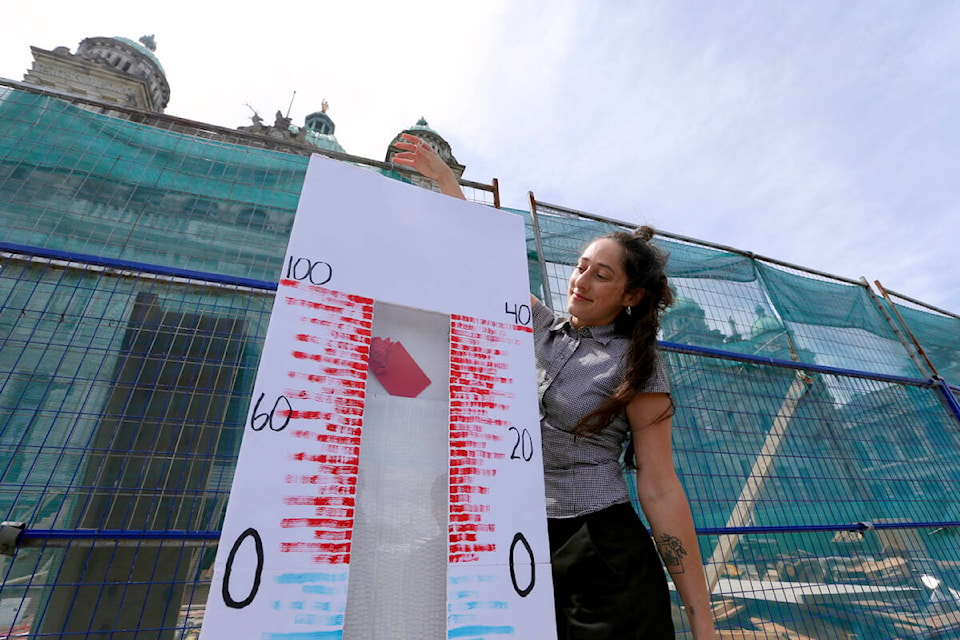WorkSafeBC is reminding employers that they must protect workers from heat-related illnesses as B.C. heads into a heat wave this weekend.
The heat wave, beginning Friday evening (July 5) for some areas of the province, could see temperatures hitting the high 30s C.
The province has issued a bulletin for British Columbians to prepare for the heat, and WorkSafeBC is doing the same for employers.
“Elevated temperatures significantly raise the risk of heat stress and heat stroke, both of which can be severe and even life-threatening,” said Suzana Prpic, WorkSafeBC's prevention field services director.
She added heat-related illnesses are entirely preventable, and it's the responsibility of employers to take proactive measures to protect their workers, whether they are indoors or outdoors.
UV exposure, according to WorkSafeBC, is an additional risk for outdoor workers. They are 3.5 times more likely than indoor workers to develop skin cancer.
Employers are reminded to: establish cooling areas with shade and water; ensure workers are aware of heat-related hazards at the start of each work day; determine approproate work-rest cycles because if a worker feels ill, it may be too late; provide air conditioning or increased ventilation to remove hot air; monitor heat conditions and require that workers not work alone; and ensure there is adequate first-aid coverage and emergency procedures are in place.
For workers, they are reminded to: drink plenty of water, about one glass every 20 minutes; wear light-coloured, loose clothing made of breathable fabric; wear sunscreen and reapply throughout the day; take breaks in a cool, well-ventilated area; do more strenuous physical work activities during the coolest parts of the day; and know your personal risks, such as medications and any pre-existing conditions.
In 2023, WorkSafeBC says it accepted 49 claims related to heat-stress injuries.
The workers most at risk of heat exposure included those working outdoors at farms and construction sites, and indoors in restaurants, kitchens and factories.


